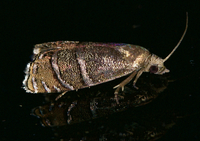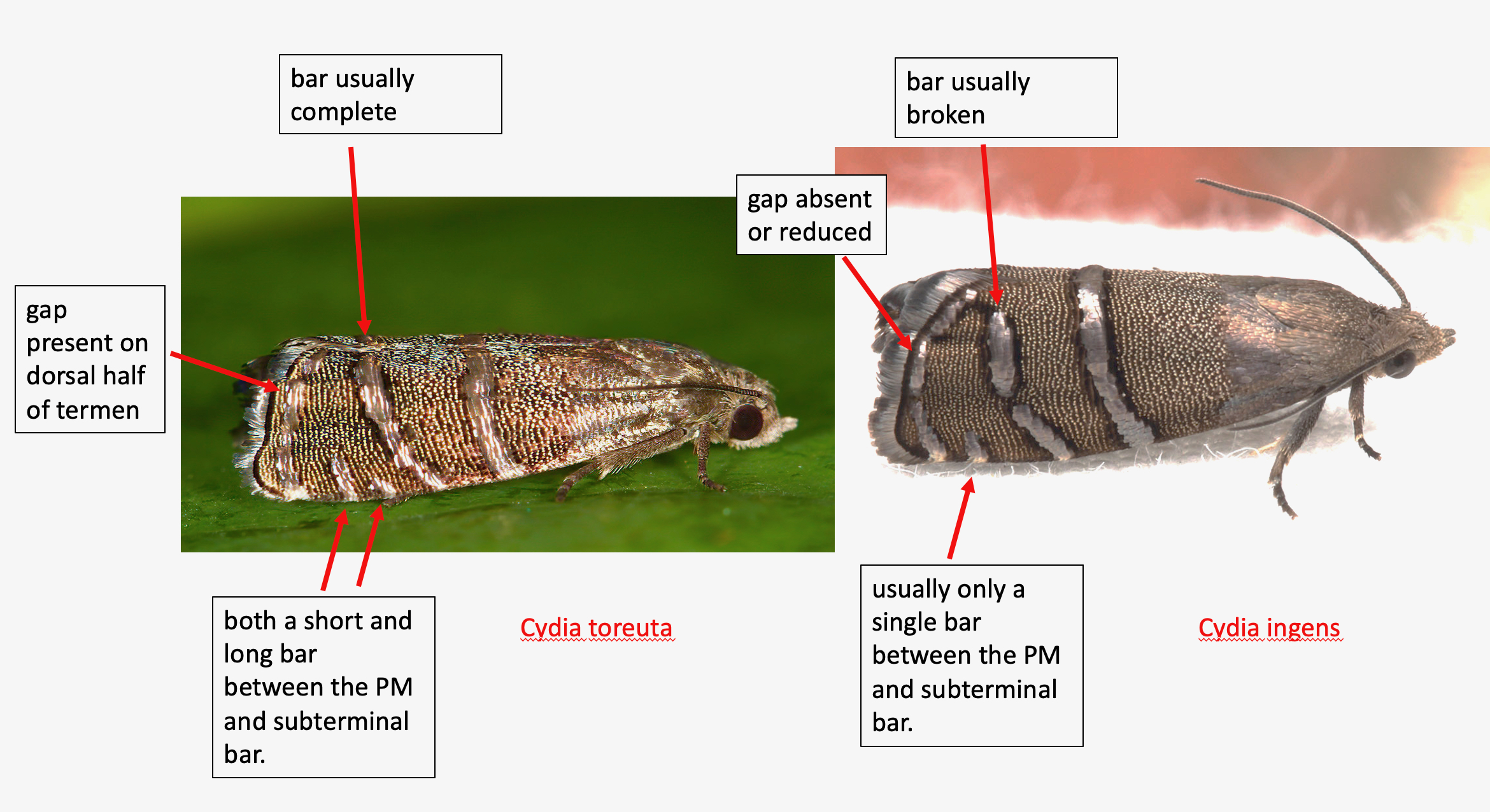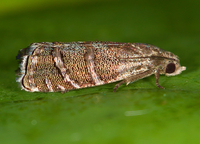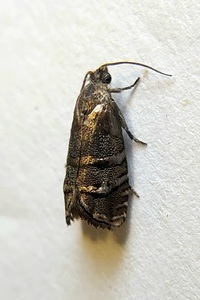
| Recorded by: Mark Basinger on 2025-06-19
Brunswick Co.
Comment: | 
| Recorded by: Mark Basinger on 2025-06-12
Wilson Co.
Comment: |

| Recorded by: Jim Petranka on 2025-06-08
Madison Co.
Comment: | 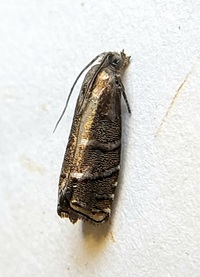
| Recorded by: Mark Basinger on 2025-05-31
Brunswick Co.
Comment: |

| Recorded by: Mark Basinger on 2025-05-30
Brunswick Co.
Comment: | 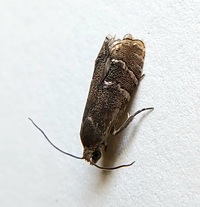
| Recorded by: Mark Basinger on 2025-05-25
Wilson Co.
Comment: |

| Recorded by: Mark Basinger on 2025-05-22
Wilson Co.
Comment: | 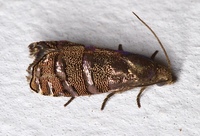
| Recorded by: Stephen Dunn on 2024-06-19
Orange Co.
Comment: |
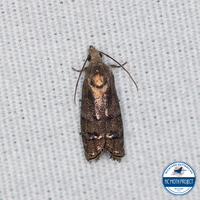
| Recorded by: Lior S. Carlson, Dean Furbish on 2024-06-17
Lincoln Co.
Comment: | 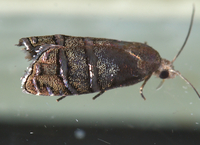
| Recorded by: Jim Petranka on 2024-06-17
Madison Co.
Comment: |
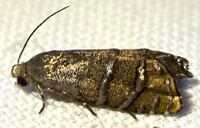
| Recorded by: Dean Furbish on 2024-06-12
Wake Co.
Comment: | 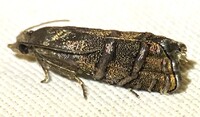
| Recorded by: Dean Furbish on 2024-06-11
Wake Co.
Comment: |
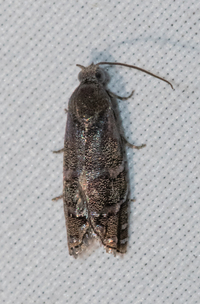
| Recorded by: Emily Stanley on 2024-06-09
Buncombe Co.
Comment: | 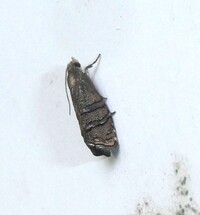
| Recorded by: Simpson Eason on 2024-06-09
Durham Co.
Comment: |
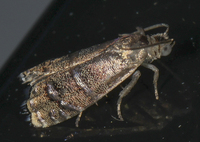
| Recorded by: John Petranka on 2024-06-07
Orange Co.
Comment: | 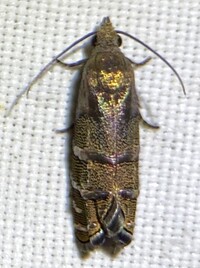
| Recorded by: Dean Furbish on 2024-06-07
Wake Co.
Comment: |
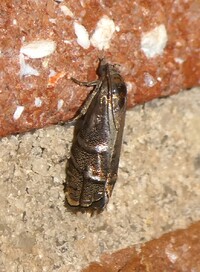
| Recorded by: Simpson Eason on 2024-06-04
Durham Co.
Comment: | 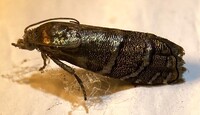
| Recorded by: Dean Furbish on 2024-06-02
Wake Co.
Comment: |
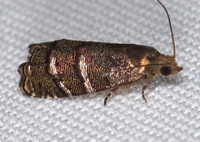
| Recorded by: Jim Petranka on 2024-06-01
Madison Co.
Comment: | 
| Recorded by: R. Newman on 2024-05-31
Carteret Co.
Comment: |
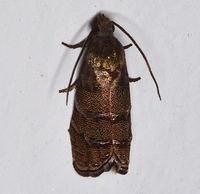
| Recorded by: Stephen Dunn on 2024-05-30
Orange Co.
Comment: | 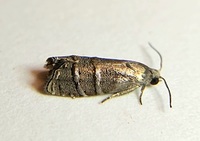
| Recorded by: Mark Basinger on 2024-05-26
Brunswick Co.
Comment: |
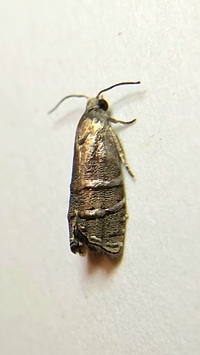
| Recorded by: Mark Basinger on 2024-05-26
Brunswick Co.
Comment: | 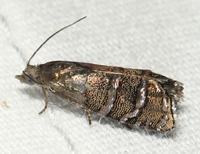
| Recorded by: John Petranka on 2024-05-24
Orange Co.
Comment: |
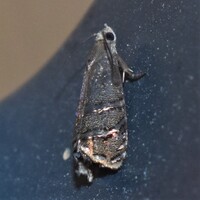
| Recorded by: David George, Stephen Dunn, Jeff Niznik on 2023-07-06
Orange Co.
Comment: | 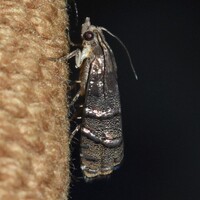
| Recorded by: David George, Stephen Dunn, Jeff Niznik on 2023-06-25
Orange Co.
Comment: |
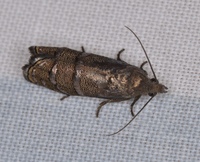
| Recorded by: Stephen Dunn on 2023-06-18
Orange Co.
Comment: | 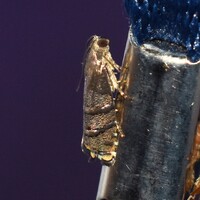
| Recorded by: Jeff Niznik on 2023-06-17
New Hanover Co.
Comment: |
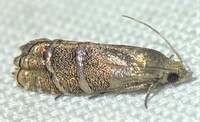
| Recorded by: Dean Furbish on 2023-06-13
Wake Co.
Comment: | 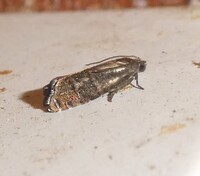
| Recorded by: Simpson Eason on 2023-06-07
Durham Co.
Comment: |
|

 »
»